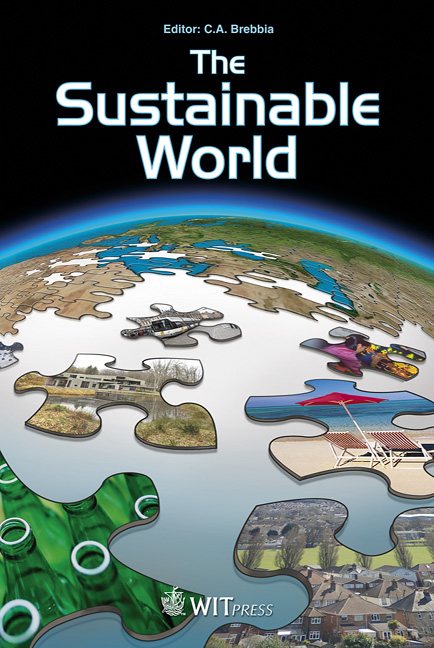About The Characterization Of Urban Public Transport Networks And Their Terminals
Price
Free (open access)
Transaction
Volume
142
Pages
11
Page Range
489 - 499
Published
2010
Size
2,970 kb
Paper DOI
10.2495/SW100451
Copyright
WIT Press
Author(s)
Ş. Raicu, V. Dragu, Ş. Burciu & C. Ştefănică
Abstract
The underground network, like a high capacity infrastructure network, which is part of the public urban transport networks, plays a major role in any strategy of increasing public transportation attractiveness. The upcoming development of the Bucharest underground network stimulated the present research. We tried to emphasize the attractiveness of the designed network in relation to the existing one. In a comparative approach, on a system/network level, the essential properties of the network have been studied: ubiquity, connexity, connectivity, homogeneity/isotropy, vulnerability and the different rank of the nodes (generalized accessibility, Shimbel accessibility and nodal accessibility). Mostly because of the way ubiquity, vulnerability and isotropy studies have been conducted, original theoretical aspects could be revealed. The study’s conclusions are useful to fundament network development solutions and also to increase collaborative aspects of the services offered to passengers and to establish priorities in maintenance activity. Keywords: underground network, ubiquity, vulnerability, accessibility, isotropy. 1 Introduction Designing and realizing transport infrastructure networks, like any other technical infrastructure of society, must obey a land use principle according to the social–economical needs of the society. The network, no matter the flows residing on it, must be considered a consequence of a land use planning requirement that establishes a connection between technical capabilities and territory service [5, 9, 11].
Keywords
underground network, ubiquity, vulnerability, accessibility, isotropy





